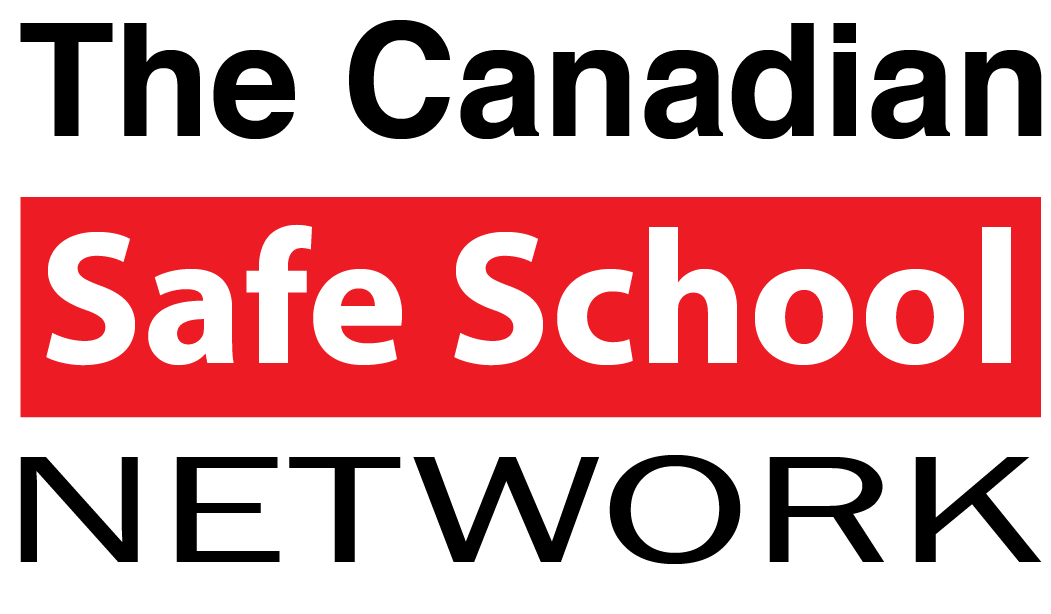About Bullying
What is bullying?
Bullying is defined as “a pattern of repeated aggressive behaviour with negative intent, directed from one youth to another where there is a power imbalance” (Bullying at School: What We Know and What We Can Do. Olweus, D. Oxford, Blackwell, 1993).
What distinguishes bullying from other behaviours is that it is repeated, there is a power difference and harm is done (Olweus, 1993).
In general bullying falls into two categories: direct and indirect. Direct bullying is overt and obvious and includes verbal and physical assaults and verbal taunts and threats. Indirect bullying is more subtle and less obvious and includes forms of relational bullying (exclusion, spreading rumours, gossiping, teasing, and threatening to remove friendship).
No one deserves to be bullied and it should not be accepted as part and parcel of childhood or adolescence. Bullying is a serious problem with serious consequences for our youth.
The effects
Frequent bullying leaves children/youth with long-lasting emotional and sometimes physical scars. Many reach a breaking point and start bullying others, excessively violent, depressed or suicidal. An in-depth study on school shooters profiling carried out by the Threat Assessment Centre at the US Secret Service found that the one thing all shooters had in common was they were or felt they were victims of bullying. Child who bully, if they don’t get help to stop, often turn into adults who bully – they bully their co-workers, spouses, children and other family members. Children who learn how to acquire power through aggression on the playground may transfer these lessons to adulthood in the forms of sexual harassment, dating violence, and marital, child and elder abuse. School failure/drop out, adult criminal behaviour, alcoholism, poor marital relationships, increased use of mental health services and poor occupational adjustment and advancement are common among adults who bully.
What parents can do
Parents have a role to play in creating safe schools and communities, regardless of whether their children are those who bully, who are being bullied, are witnessing bullying, or are completely uninvolved in bullying incidents.
Children and youth need our help – whether they are bullying, being bullied, or witnessing bullying – to deal with bullying. Unfortunately bullying is happening in all schools and communities across Canada. Children who bully come from all walks of life. Both boys and girls – in cities big and small and from all racial and socio-economic backgrounds – bully. The same can be said of those who are bullied.
How to help
Find out what is offered at your school. If there is no program, ask how you can help to initiate one. Consider becoming involved in the life of your child’s school. By becoming a volunteer, joining a parent organization or the School Council you will create many opportunities to network with other parents and get to know the teaching staff. If your time is limited, choose to be involved in one or two events that demonstrate your support both for the school and your child.
What are the schools doing?
In most provinces and territories of Canada, school administrators and teachers are required to follow legislated safe school policies and to enforce a code of conduct to ensure a violence-free learning environment for all their students. Many schools go much further to foster a positive and caring learning environment by introducing school-wide anti-bullying programs and other cooperative classroom and playground strategies. If you are not familiar with the safe school policies for your board of education, ask the school principal for a copy.
